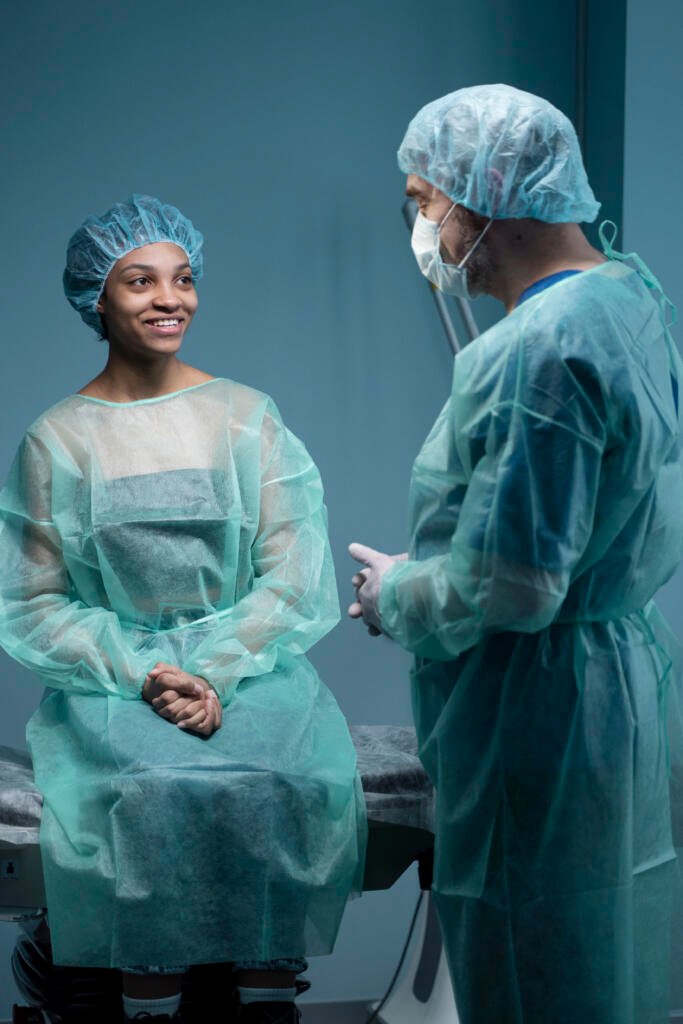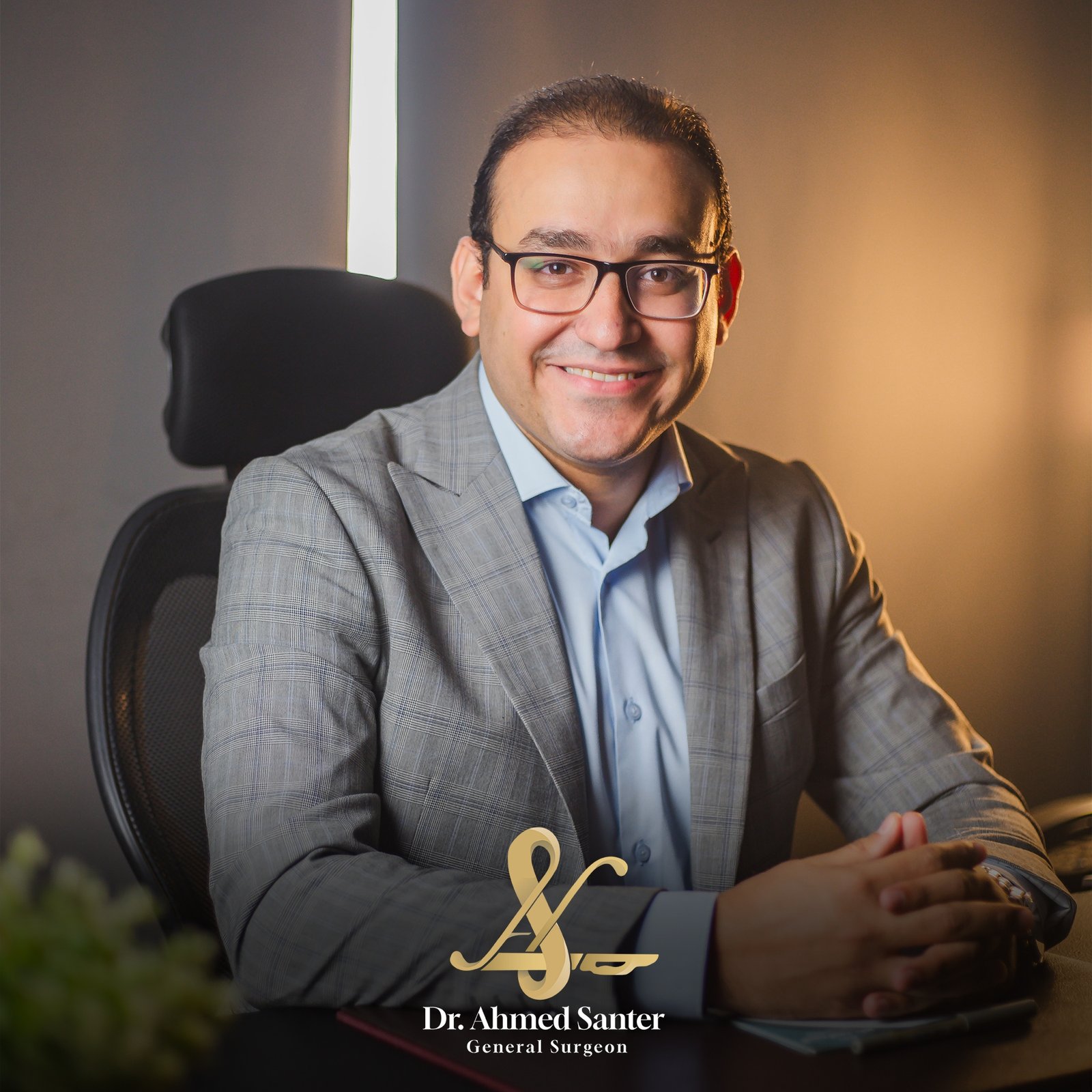A pilonidal sinus is a small cyst or tunnel in the skin, most commonly located near the tailbone at the top of the buttocks. It often contains hair, debris, and skin, which can lead to infection, swelling, and pain. This condition can be recurrent and, if untreated, may cause ongoing discomfort and complications. Dr. Ahmed Al-Santer is a highly skilled surgeon offering advanced treatment options, including minimally invasive surgery, to effectively manage pilonidal sinus and prevent recurrence.
What Causes a Pilonidal Sinus?
Pilonidal sinuses typically develop due to:
- Ingrown Hair: Hair follicles that grow inward can cause inflammation and infection.
- Prolonged Sitting: Sitting for extended periods increases pressure on the area, leading to irritation.
- Friction or Trauma: Repeated friction or injury can create the conditions for a sinus to form.
Certain factors such as excess body hair, poor hygiene, or a family history of the condition may increase the risk.

Symptoms of Pilonidal Sinus
Patients with a pilonidal sinus may experience the following symptoms:
- Pain or tenderness near the tailbone.
- Swelling or redness in the area.
- Discharge of pus or blood from the sinus opening.
- A visible pit or dimple on the skin.
- Fever in cases of severe infection.
Treatment Options with Dr. Ahmed Al-Santer
Dr. Ahmed Al-Santer provides personalized care to treat pilonidal sinuses, ensuring effective results and minimal disruption to your daily life.
Non-Surgical Management
In some cases, early-stage pilonidal sinuses can be managed with:
- Antibiotics: To treat mild infections.
- Drainage: Infected cysts may require drainage to relieve symptoms temporarily.
Surgical Treatments
For recurrent or severe cases, surgery is often the most effective solution. Dr. Al-Santer offers the following surgical options:
- Minimally Invasive Surgery: A small incision is made to remove the cyst and sinus tract, ensuring faster recovery and reduced scarring.
- Excision with Primary Closure: The cyst is removed, and the area is stitched closed to promote healing.
- Flap Surgery: For complex or recurrent cases, tissue from the surrounding area is used to cover the wound and prevent recurrence.
Dr. Al-Santer emphasizes the importance of proper wound care and follow-up to ensure successful healing.

Why Choose Dr. Ahmed Al-Santer for Pilonidal Sinus Surgery?
- Specialized Expertise: Dr. Al-Santer has extensive experience treating pilonidal sinus, including complex and recurrent cases.
- Minimally Invasive Techniques: Focused on patient comfort and quick recovery, he uses advanced surgical methods to reduce downtime.
- Comprehensive Care: From diagnosis to post-surgical recovery, Dr. Al-Santer and his team provide continuous support to ensure the best outcomes.
- Patient-Centered Approach: Treatment plans are tailored to each patient’s needs, ensuring a comfortable and personalized experience.
Take the First Step Towards Relief
If you’re experiencing symptoms of a pilonidal sinus, timely treatment can prevent complications and improve your quality of life. Dr. Ahmed Al-Santer is dedicated to providing expert care to help you return to your normal activities as quickly as possible.
Contact us today to schedule a consultation and learn more about your treatment options.



